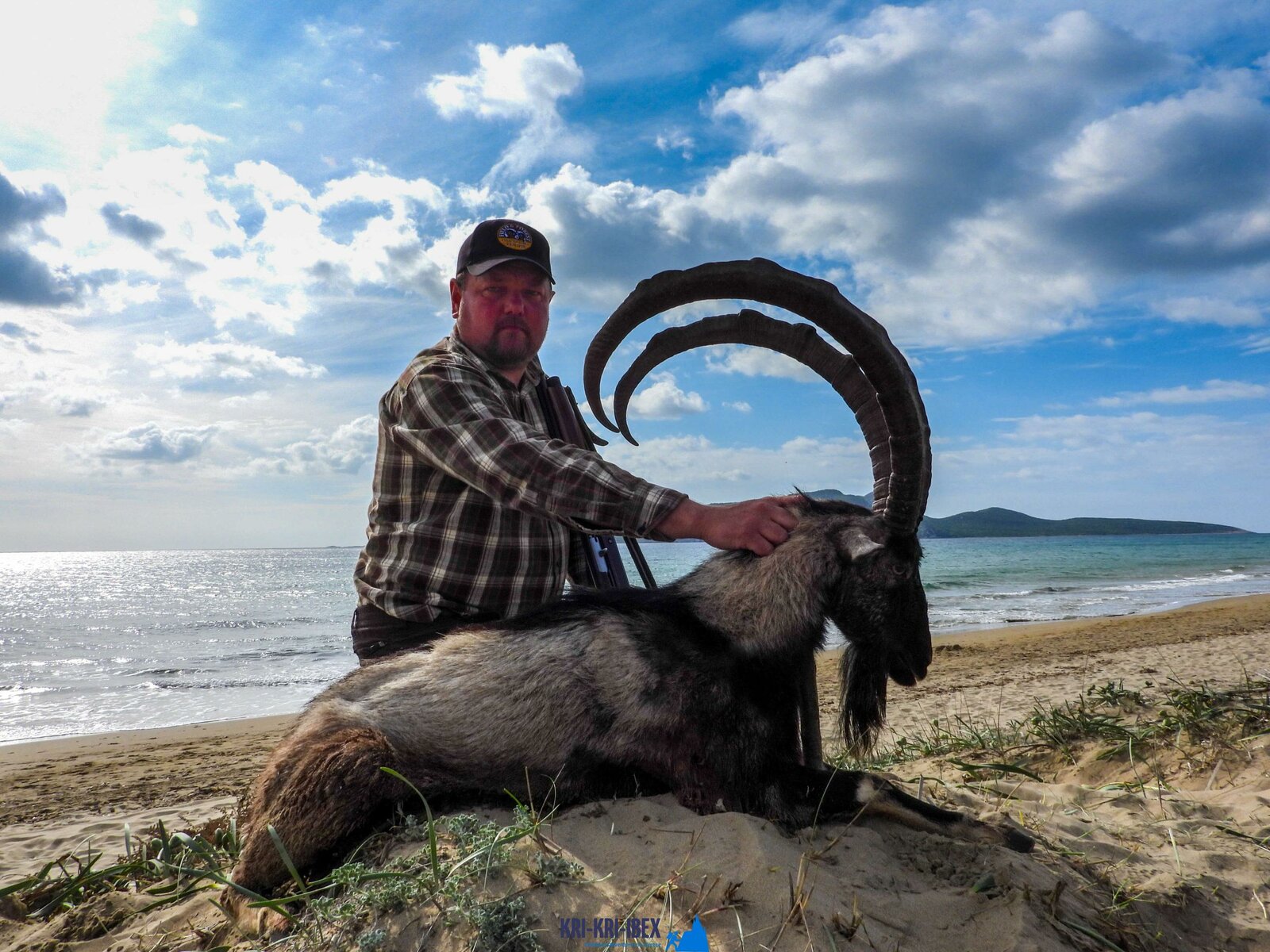Why The Peloponnese Is The 'Real' Greece
Why The Peloponnese Is The 'Real' Greece
Blog Article

To lots of people, The Peloponnese peninsula on the Greek Mainland is the 'real' Greece, where points have actually not changed much at all over the centuries despite the fact that many people have found it. This is a location where you might conveniently invest a month, yet if you are short on schedule then our outside hunting, Fishing, free diving as well as visiting Peloponnese Tours from Methoni is a fantastic service.

This Ibex is not a petite form of the Bezoar Ibex, which has moved to the western edge of its variety. The kri-kri (Capra aegagrus cretica), likewise referred to as the Cretan goat, Agrimi, or Cretan Ibex, is a wild goat indigenous to the Eastern Mediterranean. The kri-kri (Capra aegagrus cretica), a feral goat living in the East Mediterranean, was once believed to be a subspecies of wild goat. The kri-kri has a light brownish layer with a darker neck band. Their 2 sweeping horns increase from their head. The kri-kri is a cautious as well as reluctant animal in the wild, relaxing throughout the day. They can leap fars away or climb up apparently large high cliffs.
To many individuals, The Peloponnese peninsula on the Greek Mainland is the 'real' Greece, where things have not transformed a lot in all over the centuries despite the fact that many people have actually found it. This is an area where you might quickly spend a month or even more but if you are short on schedule then our searching and touring Peloponnese Tours from Methoni is a terrific remedy. This covers a substantial quantity of ground to a few of Europe's most remarkable websites in just 5 days. You truly will not think what you see! Whilst the Peloponnese is home to a few of the most effective coastlines in Greece there are many things to see and do that it is really a year-round destination. Whilst Summer is the optimal time to invest at the falls as well as beaches, Spring and Autumn are exceptional for treking and also exploring Ancient Ruins, Caves and Archeological websites. Even winter is attracting as a number of the towns as well as towns get some snow, especially in the hills, as well as the stone architecture as well as vineyards offer themselves to cosy minutes by an open fire. The casseroles and conventional winter food is scrumptious as well as hearty. No matter what time of year you pick you will certainly locate the groups very workable and also in numerous areas, non-existent.
There is really something for everybody in the Peloponnese peninsula. Whether you want background and culture or nature as well as outdoor tasks, this is an excellent location for your following getaway. If you are short on time, our hunting and exploring Peloponnese Tours from Methoni is a wonderful means to see every little thing this impressive area needs to offer.And finally, your Kri Kri ibex trophy is awaiting you.
What is the diference between Kri Kri ibex, Bezoar ibex and hybrid ibex
The kri-kri is not thought to be indigenous to Crete, most likely having been imported to the island during the time of the Minoan civilization. Nevertheless, it is found nowhere else and is therefore endemic to Crete. It was common throughout the Aegean but the peaks of the 8,000 ft (2,400 m) White Mountains of Western Crete are their last strongholds–particularly a series of almost vertical 3,000 ft (900 m) cliffs called ‘the Untrodden’—at the head of the Samaria Gorge. This mountain range, which hosts another 14 endemic animal species, is protected as a UNESCO Biosphere Reserve. In total, their range extends to the White Mountains, the Samaria National Forest and the islets of Dia, Thodorou, and Agii Pandes.
This Ibex is NOT a diminutive form of the Bezoar Ibex, which has migrated into the western-most reach of the range of this species. The kri – kri (Capra aegagrus cretica), sometimes called the Cretan goat, Agrimi, or Cretan Ibex, is a feral goat inhabiting the Eastern Mediterranean, previously considered a subspecies of wild goat. The kri-kri has a light brownish coat with a darker band around its neck. It has two horns that sweep back from the head. In the wild they are shy and avoid tourists, resting during the day. The animal can leap some distance or climb seemingly sheer cliffs.
“The agrimi goat Capra aegagrus cretica is unique to Crete and its offshore islands. It has been identi®ed as a sub-species of the wild bezoar goat Capra aegagrus aegagrus Erxleben, 1777, which it closely resembles in horn shape, body form and coloration. This classi®cation has been disputed by some researchers who claim that the agrimi are feral goats, derived from early domestic stock brought to the island by the ®rst Neolithic settlers. In order to clarify this issue, DNA analyses (cytochrome b and D loop sequences) were carried out on tissue of live and skeletonized agrimi and compared to sequences of wild and domestic caprines. Results conclusively show the agrimi to be a feral animal, that clades with domestic goats (Capra hircus) rather than with wild Asiatic bezoar. This study demonstrates that morphometric criteria do not necessarily re¯ect genetic af®nities, and that the taxonomic classi®cation of agrimi should be revised.”
Report this page